Posted on: 23/02/2024
Deciding which texts to use across different parts of the year is one of our favourite things to do with our schools. While we hope that our suggested curriculum maps give schools a starting point with which to work, we know that the reality is that schools move texts around to make the curriculum maps personalised to the needs of their children, and this is something are strong advocates of. The way that our resources are planned means that they are all pitched at end of year objectives to give schools the freedom and flexibility to place texts where they see fit across the year. That being said, there is more to curriculum mapping than simply picking a book and allocating it to a certain term. Following on from Lynn’s ‘How To’ guide to curriculum mapping back in January, in the next few blogs we will unpick some of the key questions we are asked surrounding the logistics of a Literary Tree school year around the art of choosing books, with a view to shedding some light on how you can ensure smooth sailing on your children’s text-based journeys across the year and indeed their time throughout primary school.


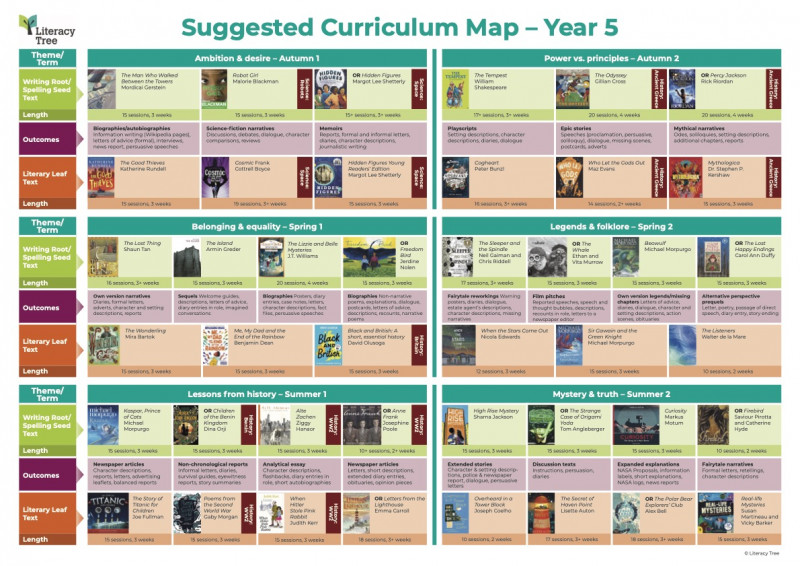
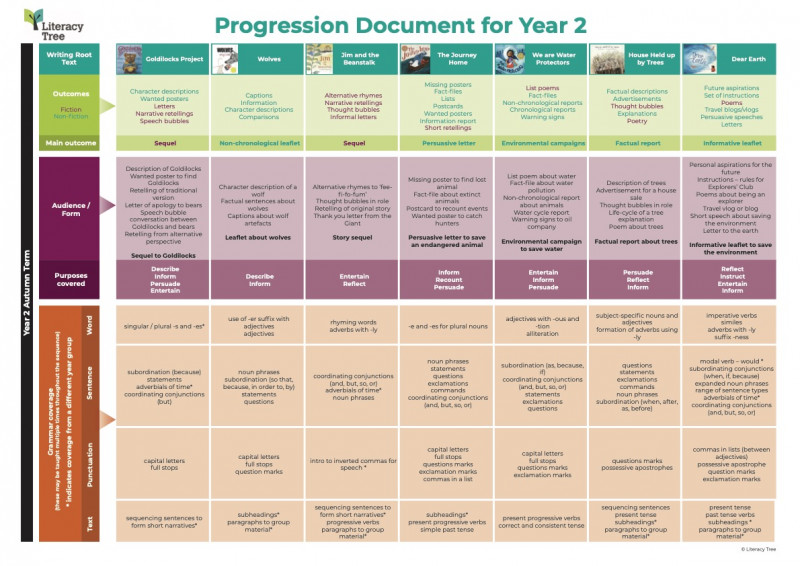
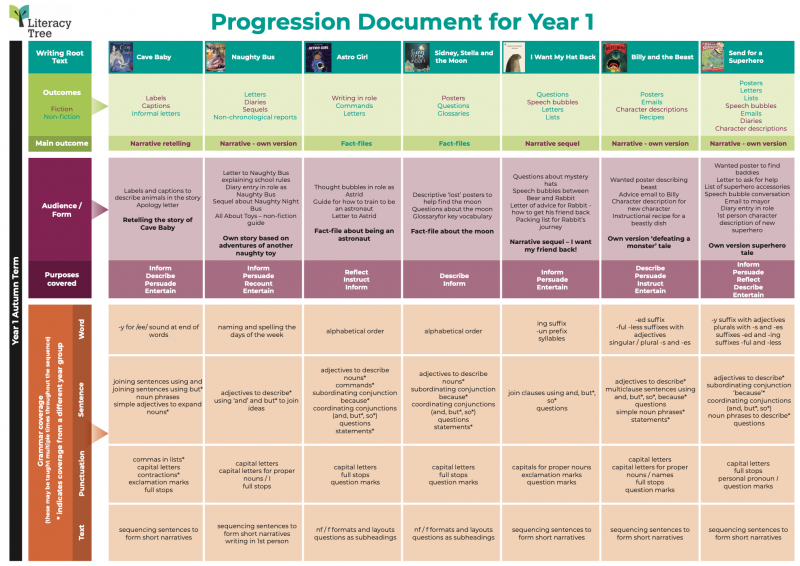
One alternative which schools sometimes employ is to stagger the book across a half term break – if this is the case, careful planning is needed to consider which session is an appropriate one to pause at, and how to reignite that sense of immersion on the return from the break, perhaps with a re-launched discovery point to bring children back into the world of the text. Another option is to make one text last the entirety of that 5-week term instead of condensing it down. The extra few weeks could be used to consolidate previously taught skills, spend longer on some of those shorter instant publishing writing opportunities or dive deeper into other aspects of the text. Our coverage document (which can be found in the Subject Leaders’ Toolkit on the site) can prove hugely useful here; by inputting the texts you have time to cover you can clearly see the skills coverage to ensure you are plugging any gaps left by removing another text. Our Steps in Progression (also in the Subject Leaders’ Toolkit) document can also be utilised here to support you in identifying those next steps and gaps in previously taught skills if you are looking to spend a little more time on a particular sequence.
Of course, there are some Writing Roots which have fewer sessions in them – another option in a particularly short term is to pair a three-week sequence with a two-week sequence. In any case, forward planning is key to ensure you don’t feel like you spend the term chasing your tail, trying to fit in more than is manageable.
We are hugely proud of the diversity and range of texts we offer on our curriculum maps. From wordless picture books, to poetry, novels, novellas, playscripts and non-fiction, the selection on offer allows children to build a rich literary repertoire across their time at primary school. Our texts are organised thematically, and links are made between suggested Literary Leaf texts and Writing Root texts. When considering your curriculum maps for every year group, it is worth also considering the balance of texts across the year. If, particularly in Upper Key Stage 2, you have chosen a lengthier text as a Writing Root (for example Leila and the Blue Fox in Year 6), consider using a shorter Literary Leaf text such as one of our beautiful poetry anthologies (such as On the Move: Poems about Migration) as suggested on our maps. If you’ve selected a large number of fiction texts for your Writing Roots across the term or year, ensure your Literary Leaf choices provide a balance through some of the stunning non-fiction texts on offer. When it comes to outcomes, the beauty of the Teach Through a Text approach is that children will experience a range of forms of writing throughout a Writing Root to encourage that flexibility, adaptability and authenticity of writing. Another useful document to support text selection in terms of the outcomes and skills focussed upon is our progression document – this allows you to quickly and easily see the text types and skills covered within each Writing Root so you can ensure that balance in your selection across the year.
We hope this gives you some food for thought into considerations surrounding the balancing of text types and time allocations to make the best of your curriculum offer. In next month’s blog, we’ll be exploring the art of choosing books further by taking a look at other areas to take into account including deliberate diversity in book choices across the school year, as well as the how to use thematic links to make connections between texts across the whole school.
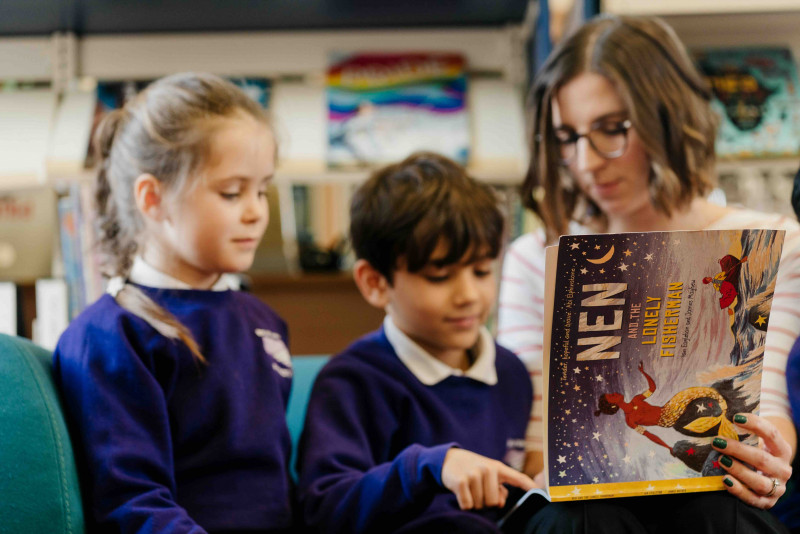
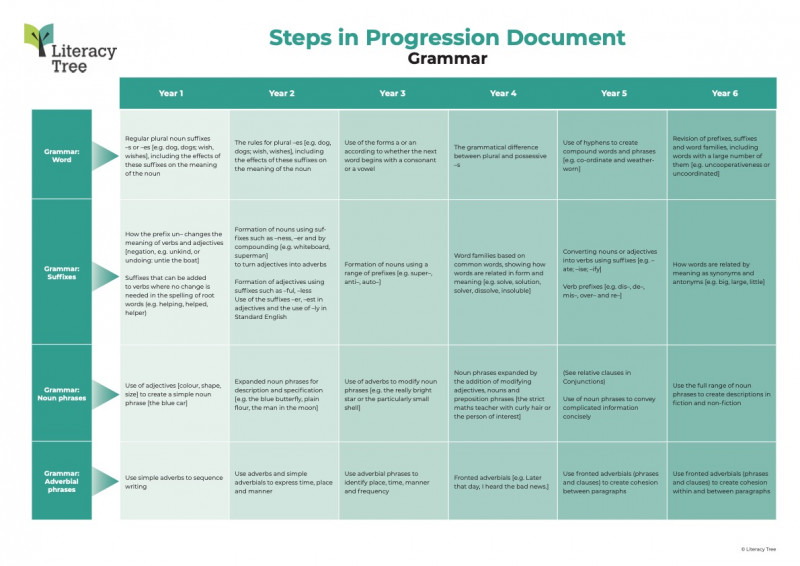
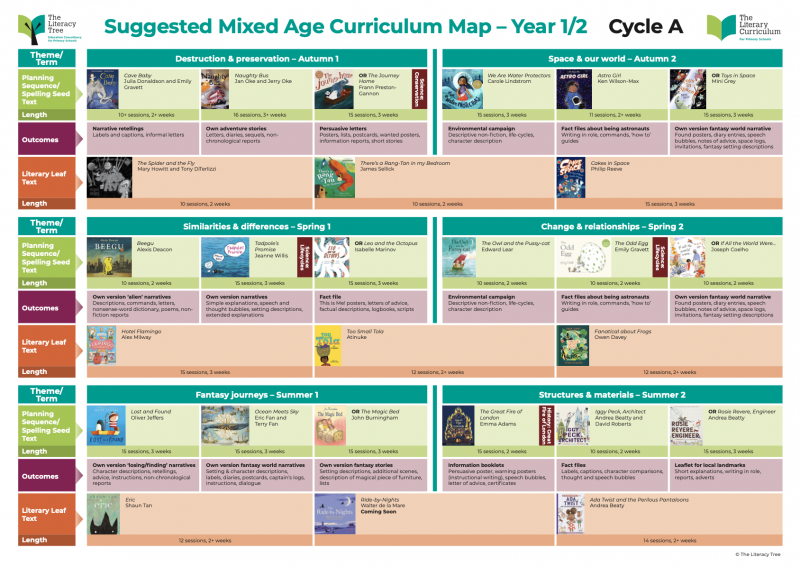
Posted in: Curriculum